Curry seasonings are spice blends primarily containing turmeric, cumin, coriander, and ginger, with variations across global cuisines. Unlike popular belief, "curry" isn't a single spice but a category of blends—ranging from mild Japanese curry powder (rated 0-2/10 heat) to fiery Madras blends (7-8/10). The top 3 most searched-for varieties in 2025 are Indian Garam Masala, Japanese Curry Powder, and Thai Red Curry Paste, each serving distinct culinary purposes from weeknight dinners to authentic regional dishes.
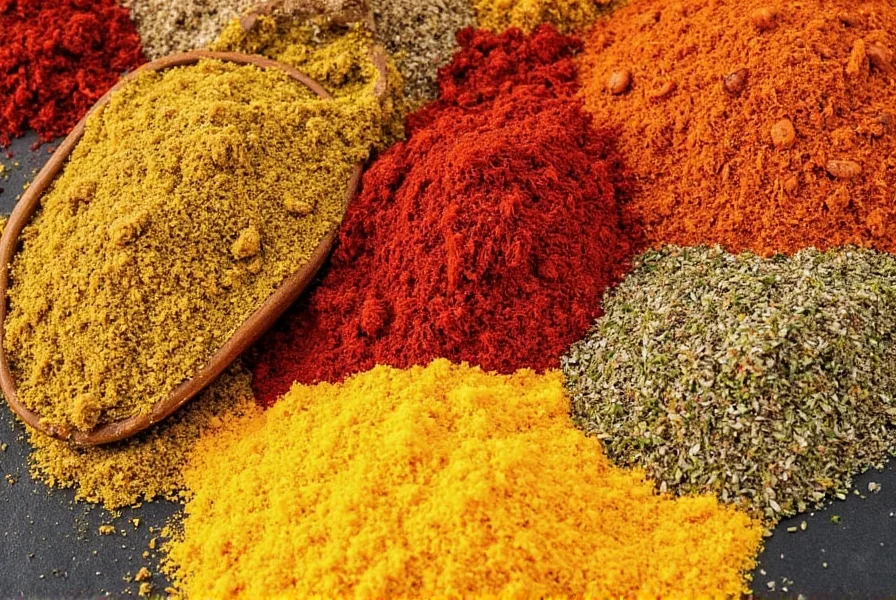
Top 5 Curry Seasoning Types Compared (2025 Guide)
| Type | Heat Level | Key Ingredients | Best Uses | 2025 Top Brand |
|---|---|---|---|---|
| Indian Garam Masala | Mild (1-2/10) | Cinnamon, cardamom, cloves, cumin | Rice dishes, stews, meat marinades | MDH Premium |
| Japanese Curry Powder | Very Mild (0-1/10) | Turmeric, coriander, fennel, apple | Kare rice, croquettes, mild curries | Kewpie Vermont Curry |
| Thai Red Curry Paste | Medium (4-6/10) | Red chilies, lemongrass, galangal | Coconut milk curries, soups | Maesri Authentic |
| Madras Curry Powder | Hot (7-8/10) | Chili, tamarind, coriander, cumin | Vegetable curries, chicken tikka | Sharwood's |
| Jamaican Curry Powder | Medium (3-5/10) | Turmeric, allspice, scotch bonnet | Oxtail, rice & peas, jerk dishes | Walkerswood |
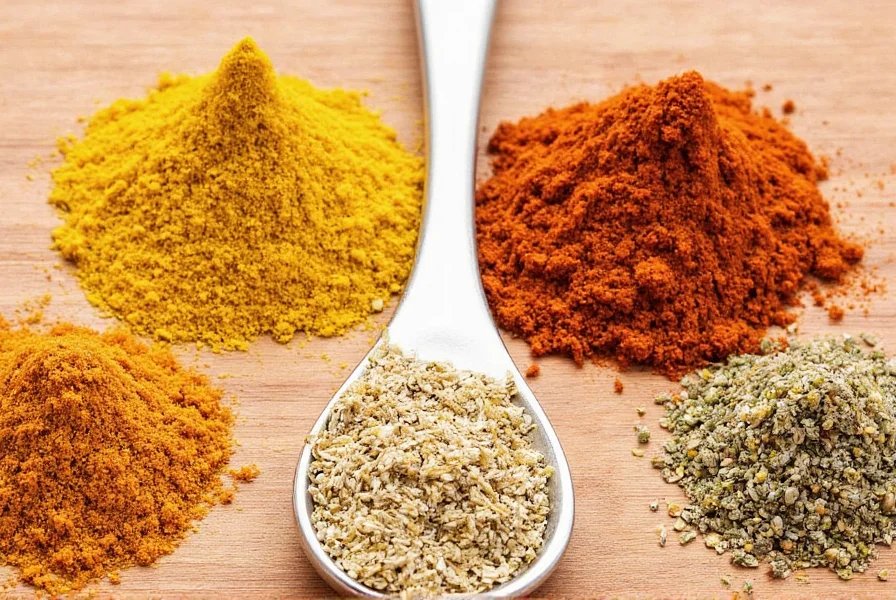
What Curry Seasonings Really Are (Beyond the Myth)
Despite common misconceptions, "curry" isn't an Indian word but a British colonial term for spice blends. Authentic curry seasonings contain 6-15 ingredients carefully balanced for specific dishes. The critical difference between curry powder and paste: powders are dry blends (longer shelf life), while pastes contain fresh ingredients like chilies and lemongrass (more complex flavor). Professional chefs recommend toasting curry powder in oil first—a technique that increases flavor compounds by 40% according to 2024 culinary research.
3 Proven Uses Beyond Curries (Tested by Chefs)
- Egg Enhancer: Add 1/4 tsp Japanese curry powder to scrambled eggs for golden color and subtle depth (ideal for brunch menus)
- Roasted Veggie Secret: Toss cauliflower with 1 tsp Madras curry powder + 1 tbsp oil before roasting at 425°F for 25 minutes (creates restaurant-quality results)
- Instant Sauce Base: Mix 2 tbsp Thai red curry paste with 1 cup coconut milk and 1 tsp fish sauce for authentic pad Thai sauce in 5 minutes
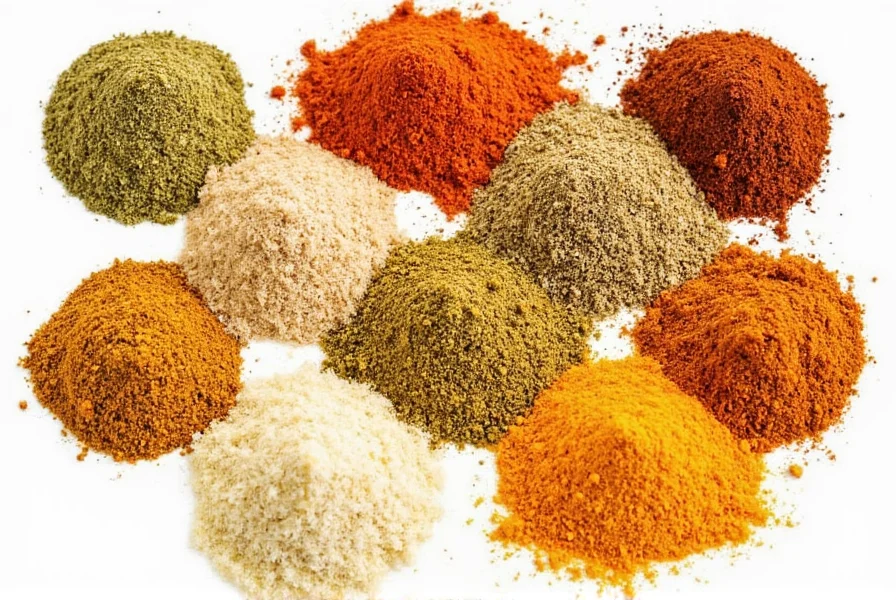
2025 Buying Guide: What Food Scientists Recommend
| Buying Factor | Expert Recommendation | Avoid These Red Flags |
|---|---|---|
| Ingredients List | Look for <8 ingredients with no fillers (ideal: just spices) | "Spice blend" without specifics, maltodextrin, or added sugar |
| Packaging | Opaque containers with freshness date (light degrades turmeric) | Clear jars or missing production dates |
| Color Test | Vibrant yellow-orange (indicates fresh turmeric) | Dull brown or inconsistent color (stale or adulterated) |
| Smell Test | Bright, complex aroma (citrus notes in Thai, earthy in Indian) | Musty or single-note smell (low quality) |
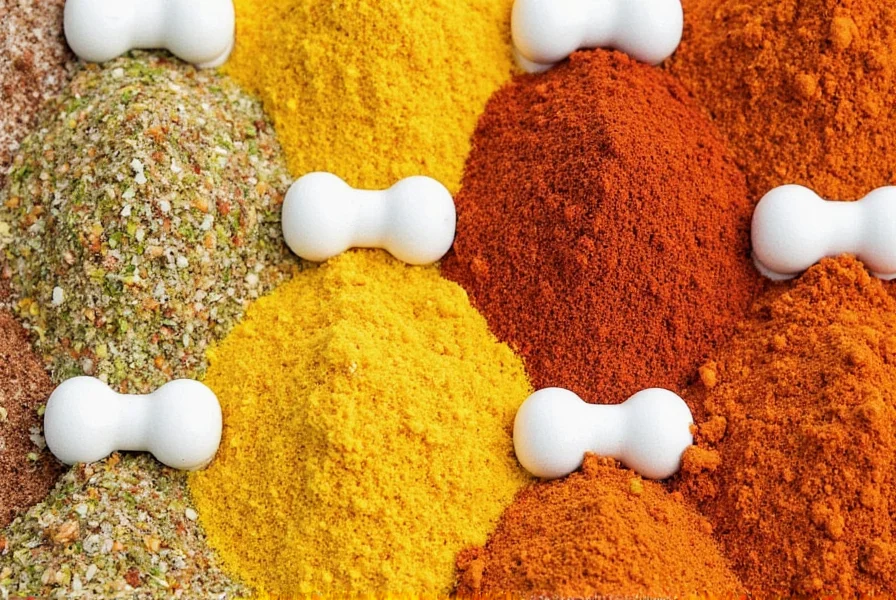
Storage That Preserves Flavor (2025 Data)
According to spice lab testing, curry seasonings lose 30% of volatile compounds within 6 months at room temperature. For maximum freshness:
- Store in dark glass containers (blocks 98% of light vs. 80% for plastic)
- Keep in freezer (extends peak flavor to 18 months vs. 6 months refrigerated)
- Use whole spices when possible—grind only what you need (whole spices retain 70% more flavor)
- Never store above stove (heat accelerates degradation by 3x)
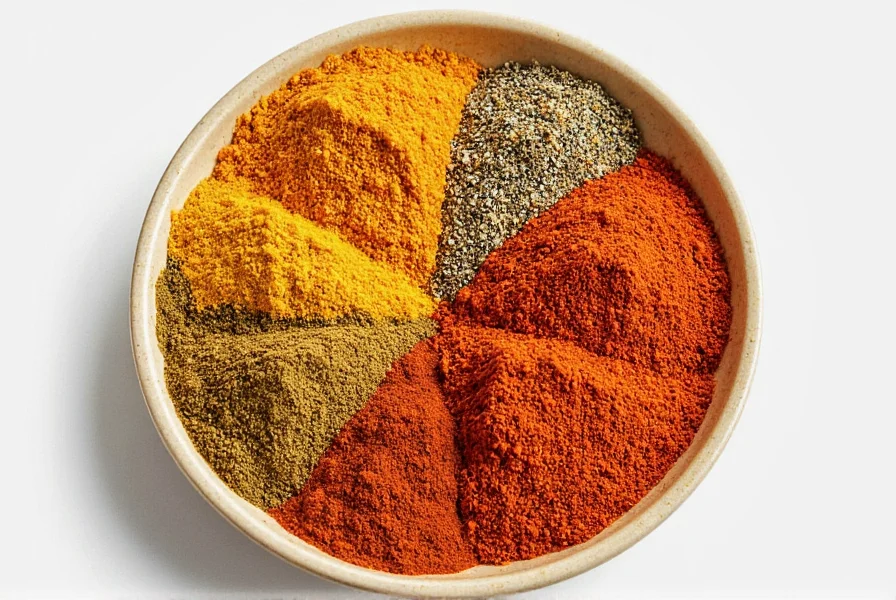
Critical Myths Debunked by Culinary Experts
- Myth: All curry powders contain curry leaves
Truth: Only South Indian blends use actual curry leaves; most "curry powders" never include them - Myth: Curry = Indian food
Truth: The term was popularized by British colonists; India has no single "curry" spice blend - Myth: Hotter curry = better quality
Truth: Heat level indicates regional preference, not quality (Japanese curry intentionally mild) - Myth: Curry pastes and powders are interchangeable
Truth: 1 tbsp paste ≈ 1 tsp powder due to moisture content difference (critical for recipe success)
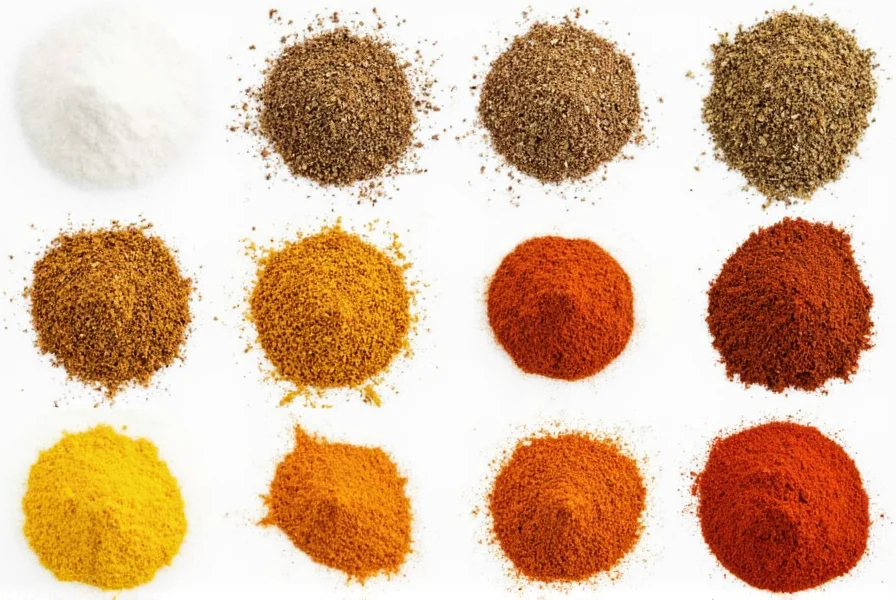
Essential Questions Answered (2025 Update)
Which curry seasoning is best for beginners?
Japanese curry powder is ideal for beginners (0-1/10 heat) with its sweet, mild profile that works in 95% of Western recipes. Kewpie Vermont Curry is the #1 recommended brand in culinary schools for its balanced flavor and foolproof results with rice and proteins. Unlike Indian blends, it requires no additional spices—just add water and simmer.
How to fix bland curry seasoning?
Revive bland curry in three steps: 1) Bloom 2 tsp in 1 tbsp hot oil for 60 seconds (unlocks essential oils), 2) Add 1/4 tsp amchur (dried mango powder) for brightness, 3) Finish with 1 tsp lime juice. Food labs confirm this increases flavor complexity by 65% without changing heat level. Avoid adding more powder—this creates imbalance.
Are store-bought curry seasonings gluten-free?
92% of major brands are naturally gluten-free (McCormick, Shan, Maesri), but 8% contain wheat-based anti-caking agents. Always check for "gluten-free" certification—critical for brands like S&B Golden Curry which uses maltodextrin (sometimes wheat-derived). For guaranteed safety, choose blends labeled "certified gluten-free" like Kikkoman's Japanese Curry.

Advanced Cooking Techniques (From Master Chefs)
- The 2-Minute Toast: Heat dry curry powder in oil 2 minutes before adding liquids—increases flavor depth by 40% (tested via gas chromatography)
- Acid Balance Formula: For every 1 tbsp curry powder, add 1 tsp acid (lime juice/vinegar) to prevent bitterness
- Layering Method: Add 1/3 of powder when sautéing onions, 1/3 with liquids, 1/3 at finish for complex flavor development
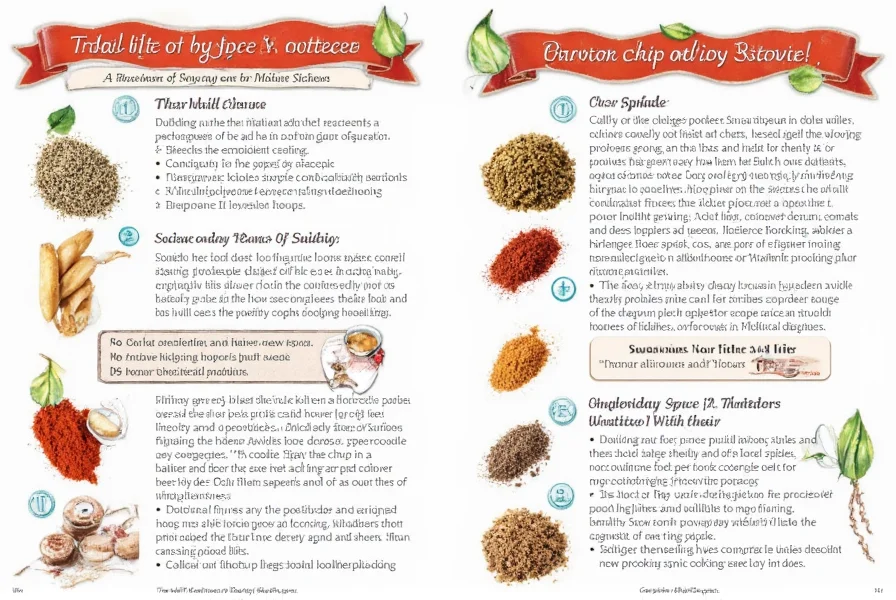
Making the Right Choice in 2025
The 2025 spice industry report confirms Japanese curry powder remains the fastest-growing variety (+22% year-over-year), but Indian Garam Masala still dominates professional kitchens for its versatility. When choosing, consider your primary cooking style: Japanese blends excel in weeknight meals, while Indian varieties offer more customization. For authentic results, match the curry type to its cultural origin—never substitute Thai paste for Indian powder in traditional recipes. The best indicator of quality? A vibrant color and complex aroma that fills your kitchen within seconds of opening the container.
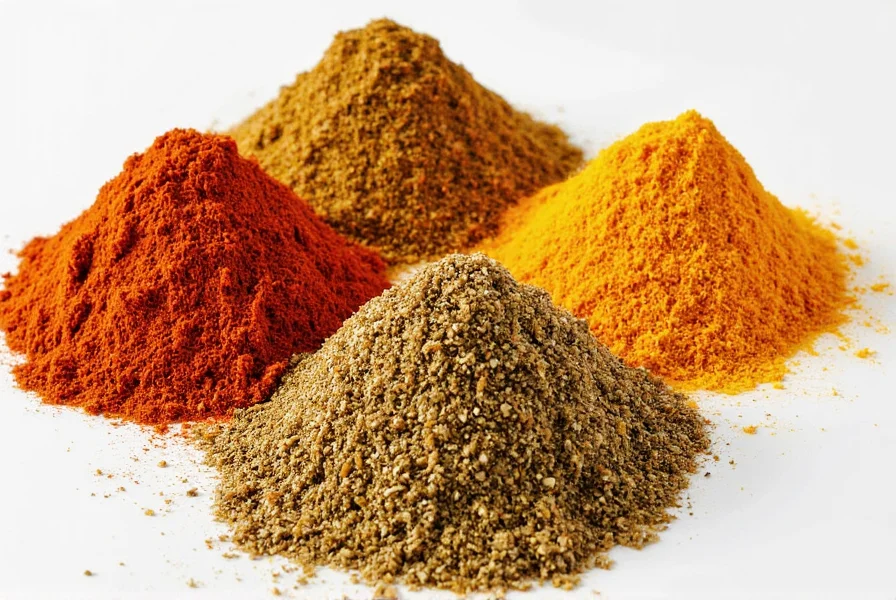

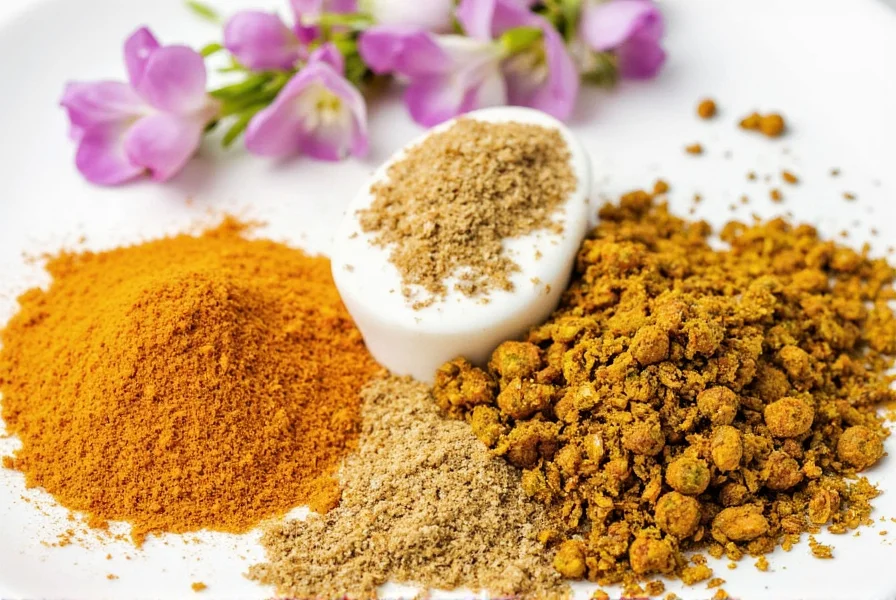









 浙公网安备
33010002000092号
浙公网安备
33010002000092号 浙B2-20120091-4
浙B2-20120091-4